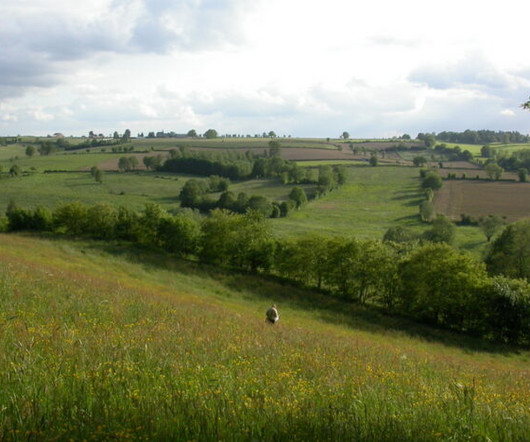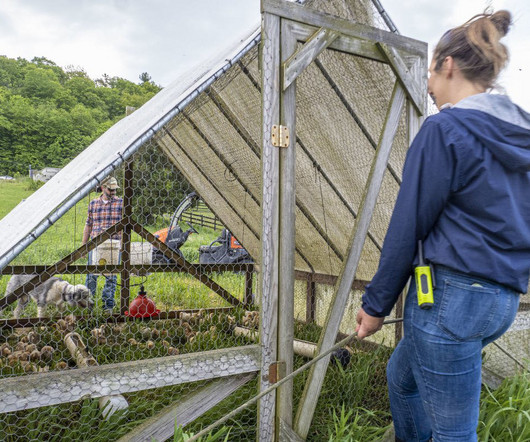Organic Farming for Ecosystem Biodiversity & Diversity – Larchgrove Farm, Barrhead County
RR2CS
MARCH 8, 2022
Instead, they set their sights northwest of the city and came to fall in love with 160-acres of “rough northern bush” in Barrhead County. Of the 160-acres, Jenna and Thomas steward 25-acres to grow organic vegetables, herbs, and flowers and raise honeybees. Jenna: The hay field has been farmed fairly intensively since the 1920s.












Let's personalize your content